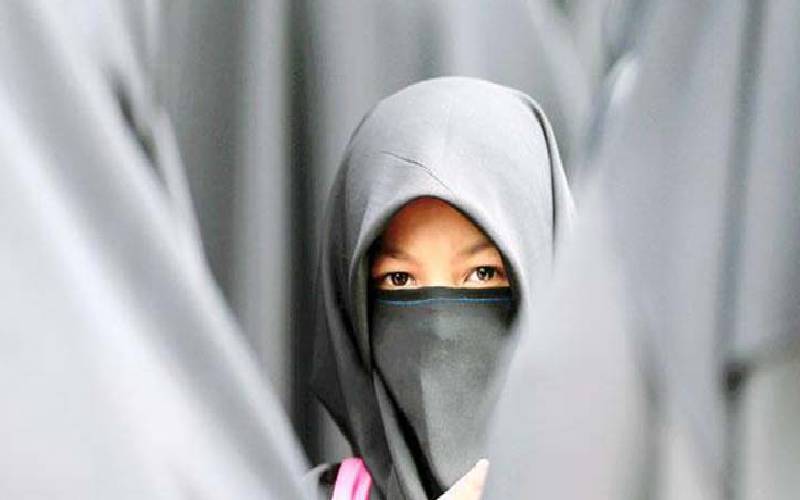
I don’t cavalierly criticise rulings of the Supreme Court of Kenya (SCoK). But the SCoK’s hijab decision left me flummoxed. The court shockingly ruled – overturning a Court of Appeal opinion – that non-Muslim schools could ban the hijab. The ruling is yet another low point for the highest court in the land. I don’t want to impugn the intelligence of the SCoK judges. But I am aghast that prominent jurists could sanction prima facie discrimination contrary to the Constitution and international human rights standards. By casting its lot with Islamophobes, the court stokes the embers of a religious conflagration. Courts should only run ahead of society when they permit more freedoms and rights, not to deny or curtail them.